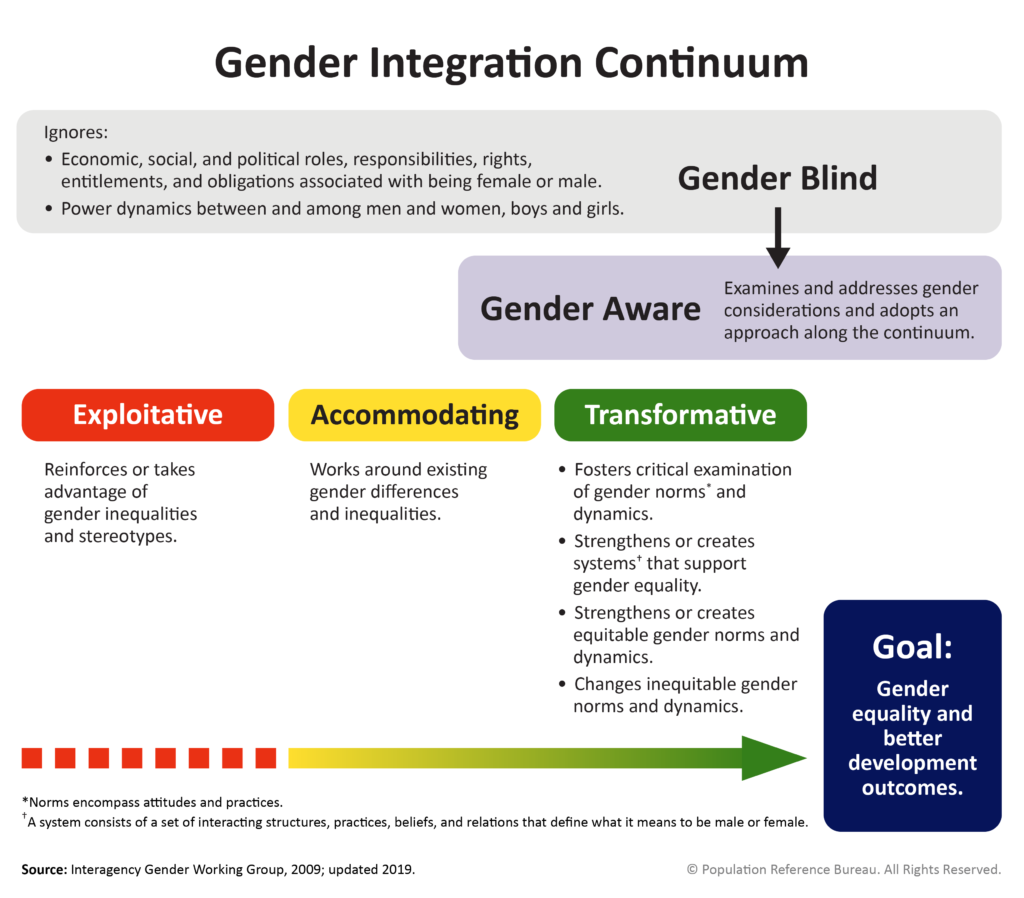How Civil Society Organizations Can Use Gender-Transformative Collective Action to Address Child Marriage and Advance Girls’ Rights: A 7-Step Guide
The aim of this guide is to catalyze higher impact through intentional gender-transformative collective action. Through a series of steps, the guide supports civil service organizations in strengthening their gender-transformative skills, knowledge, and leadership to systematically analyze and address the root causes of gender inequality, both at the individual and a systems level.


